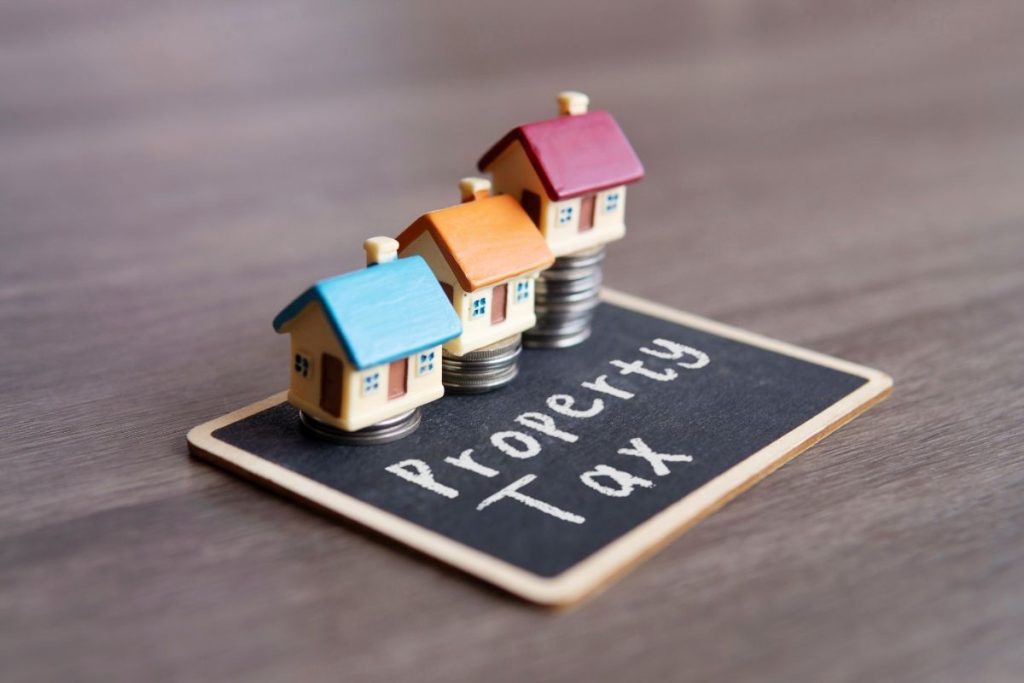A Guide to Real Estate Property Taxation in the Philippines
2025 Apr 9 | by Apple Barretto

Overview
- Understanding real estate property taxation in the Philippines is essential for both prospective homebuyers and property owners.
- Staying informed about these taxes helps you avoid penalties, delays, and unexpected costs while ensuring compliance with legal requirements.
Buying a home is a major milestone for any Filipino family—it’s a dream come true and a step toward long-term stability. But beyond the excitement of owning a house, there are important financial responsibilities to consider, including real estate property taxes. These taxes help fund essential public services like roads, schools, and healthcare, ensuring that communities remain livable and well-maintained.
At Pueblo de Oro, we want homebuyers to be financially prepared, not just for the purchase itself but for the long-term costs of homeownership. Understanding property tax obligations will help you avoid unexpected expenses, plan your budget wisely, and ensure you stay compliant with government regulations. Whether you’re settling into your first home or investing in a property, being informed about real estate taxation can save you from unnecessary stress and penalties in the future.
What is Real Estate Property Tax?

Real estate property tax (RPT), commonly known as amilyar, is an annual tax imposed by local government units (LGUs) on property owners in the Philippines. Governed by Republic Act No 7160, this tax applies to land, buildings, and property improvements such as machinery.
Public services and infrastructure projects, such as schools, hospitals, roads, bridges, and waste management services, depend heavily on the funds received by RPT. To improve services and the general standard of living in their communities, LGUs will need to ensure that property owners pay their taxes.
Types of Real Estate Taxes in the Philippines
Different types of real estate taxes exist to cover various aspects of property ownership and ensure that public services are funded. The government imposes these taxes based on the specific purpose and nature of the transaction, whether it’s for the property’s ownership, transfer, or sale.
Real Property Tax (RPT)
This tax helps LGUs fund public services and infrastructure. It is calculated by multiplying the property’s assessed value by the tax rate, which is usually 2% for Metro Manila properties and 1% for properties in provincial areas.
The assessed value is determined based on the property type and set by local ordinances. LGUs are responsible for collecting the tax, and failing to pay can lead to penalties, interest, and, in severe cases, the property being sold at a public auction to cover the unpaid amount.
Capital Gains Tax (CGT)
This applies to the sale of properties classified as capital assets, like land, buildings, and improvements. The tax rate is 6% of the property’s selling price, fair market value, or zonal value, whichever is highest.
The seller is responsible for paying CGT and must file a return and pay the tax within 30 days to avoid penalties. Failure to pay can lead to penalties, interest, or, in severe cases, the property being sold at a public auction.
This ensures the government collects revenue while preventing the undervaluation of properties by sellers.
Documentary Stamp Tax (DST)
This tax applies to the sale or transfer of real property and is essential for formalizing the transfer of ownership. The rate for DST is 1.5% of the property’s selling price, fair market value, or zonal value.
While the seller is typically responsible for paying the DST, the payment responsibility can be negotiated between the buyer and seller. If the tax is not paid within 5 days from the end of the month when the deed was signed, penalties and interest charges may apply, and the transfer of ownership may be delayed.
Transfer Tax
It is a tax imposed by LGUs when transferring ownership of real property in the Philippines. It is required to finalize the property title transfer from the seller to the buyer. The rate is 0.75% in Metro Manila and 0.5% in the provinces, based on the property’s selling price, fair market value, or zonal value.
The buyer usually pays the Transfer Tax, but this can be negotiated with the seller. Payment must be made within 60 days of signing. If not paid on time, property registration at the Registry of Deeds may be delayed.
How and Where To Pay Your Real Property Tax

The annual deadline for RPT payment is January 31, but property owners have the option to pay in four installments throughout the year. Payments can be made at the City or Municipal Treasurer’s Office, or through authorized banks partnered with the local government.
Many LGUs also offer online payment services for added convenience. To ensure a smooth process, it’s wise to pay early for possible discounts, keep your official receipts, and verify that you have the necessary documents, such as previous receipts and your tax declaration number.
Key Takeaway
Real estate property taxation in the Philippines is an important factor for both property buyers and owners to understand. Understanding these taxes ensures that you remain compliant and avoid unnecessary penalties.
Whether you’re buying, selling, or holding real estate, staying informed will help you maintain compliance and protect your investments.
With trusted developments like Pueblo de Oro Development Corporation, you have a partner who can help you manage your property investment while staying informed on tax matters. Contact our team today for more information.

 ESG Focus
ESG Focus
 Seller’s
Portal
Seller’s
Portal